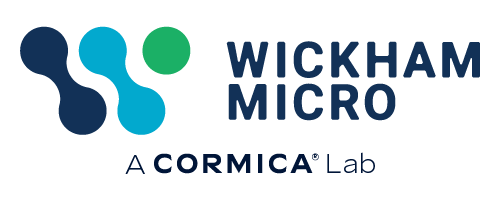The bacterial endotoxin testing has replaced the majority of rabbit in vivo pyrogen testing as lysate is both efficient and extremely sensitive, detecting very low levels of endotoxin even with repeated dilutions of the solution. The LAL test is based on an extract from the blood of the horseshoe crab (Limulus polyphemus), which has a primitive immune response clotting mechanism triggered by bacterial endotoxin present in the Gram negative bacterial cell wall.
Endotoxins will elicit a pyrogenic response and their presence is most likely the result of bacterial contamination at some point in the manufacturing process. These contaminants need not be viable; fragments of bacterial cell wall will give a febrile response.
We offer the following three standard methods for bacterial endotoxin testing:
Gel clot method
• Reference method
• Endpoint assay giving a positive or negative result at the sensitivity of the lysate used
• Semi quantitative method; can be performed by preparing dilutions
• Dilutions are tested with lysate and the endpoints used to calculate approximate endotoxin level
Kinetic chromogenic method
• Lysate is formulated with a chromaphore which develops as the gel forms
• Rate of development of colour from lysate is a measure of the amount of endotoxin in sample
• As the gel does not have to completely form, this method has greater sensitivity
• Sensitivity down to 0.005 EU/mL
• Dilution enables the testing of products which may otherwise interfere with the system
Kinetic turbidimetric method
• Similar to kinetic chromogenic method
• Same sensitivity at 0.005 EU/mL
• Measures turbidity via spectrophotometry rather than by colour development
We also offer expedited turnaround times for the above testing service. Expedited testing can significantly increase the speed in which you get your results and help you meet tight deadlines.








_464x500_1.jpg#133;other-services-thumbnails;464;500)